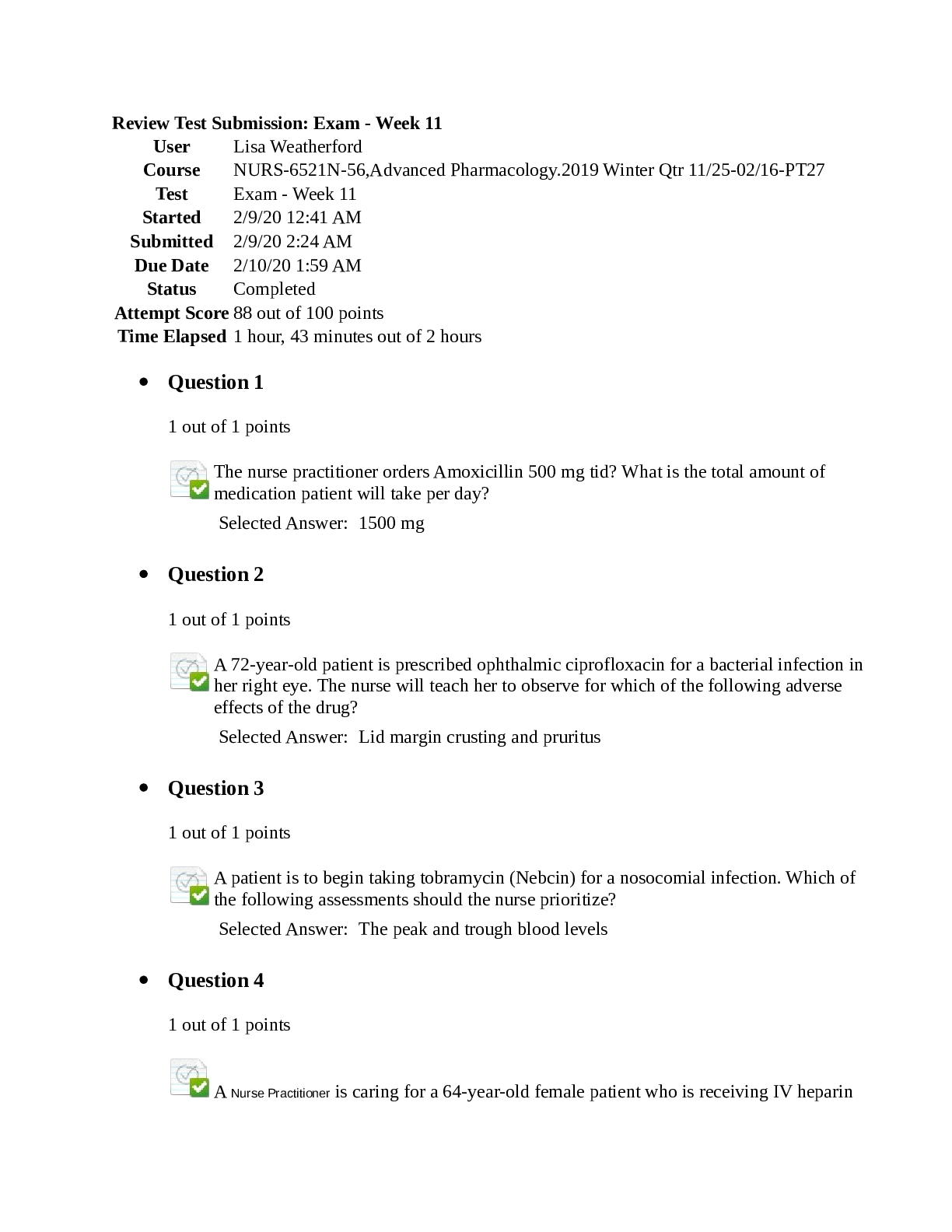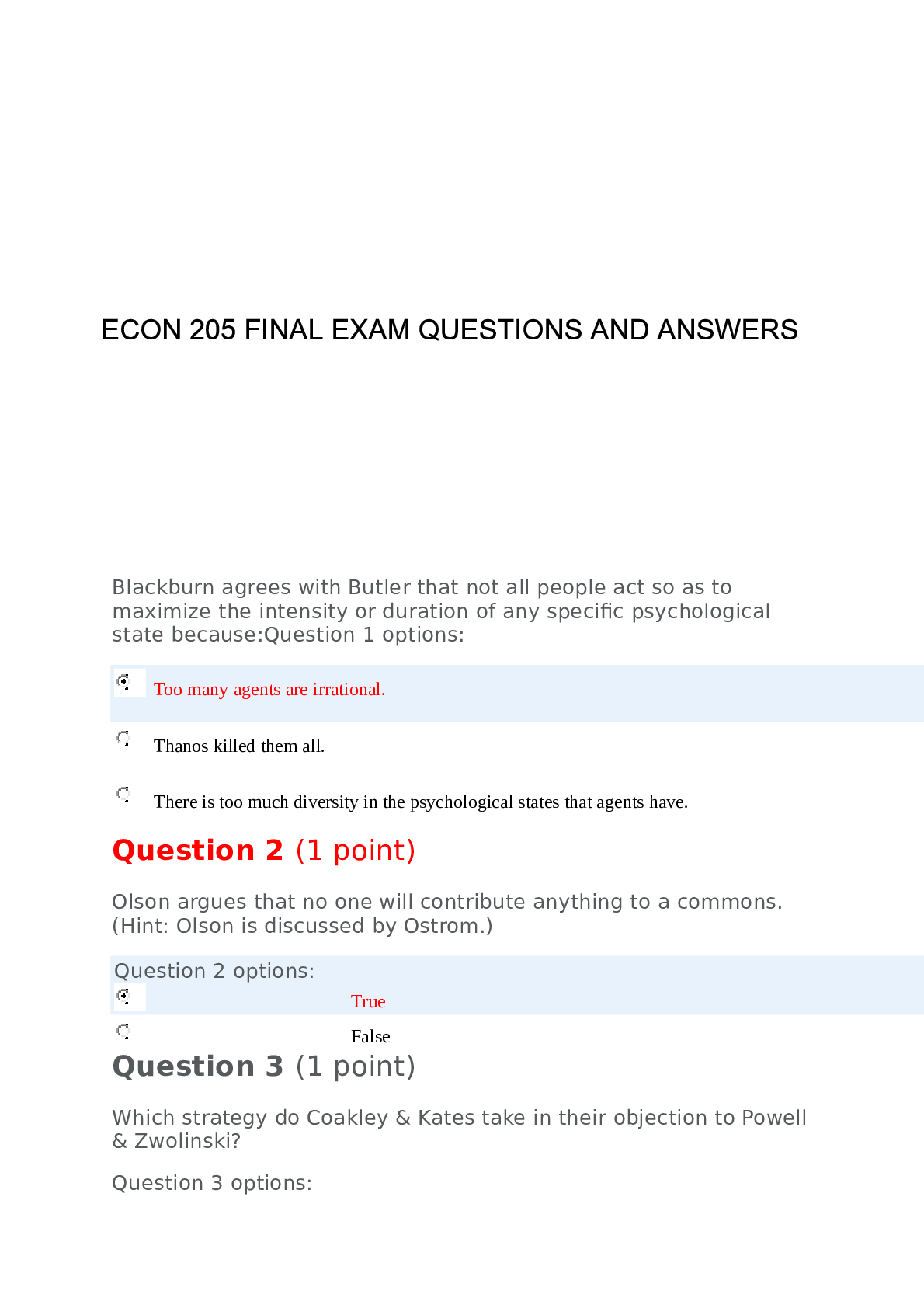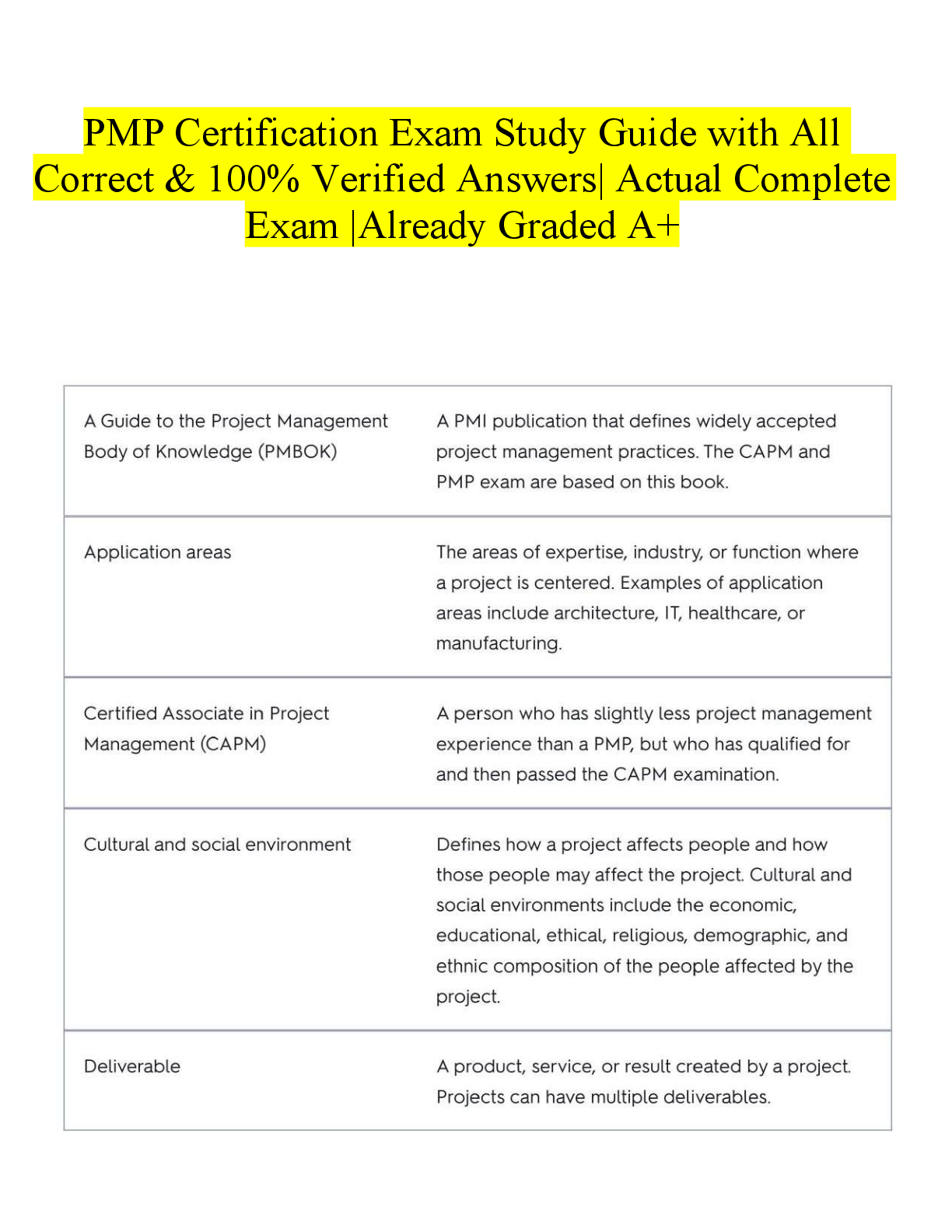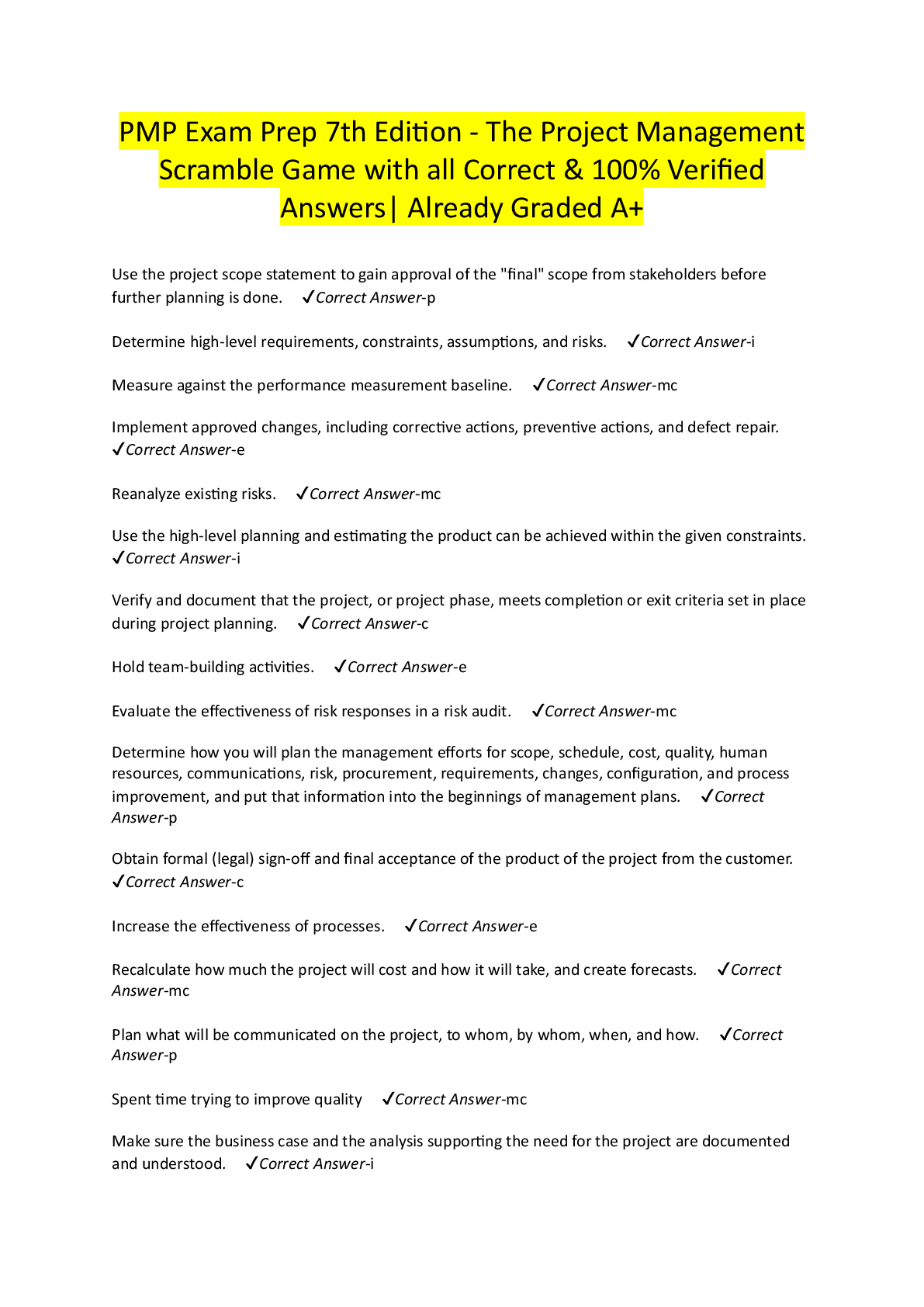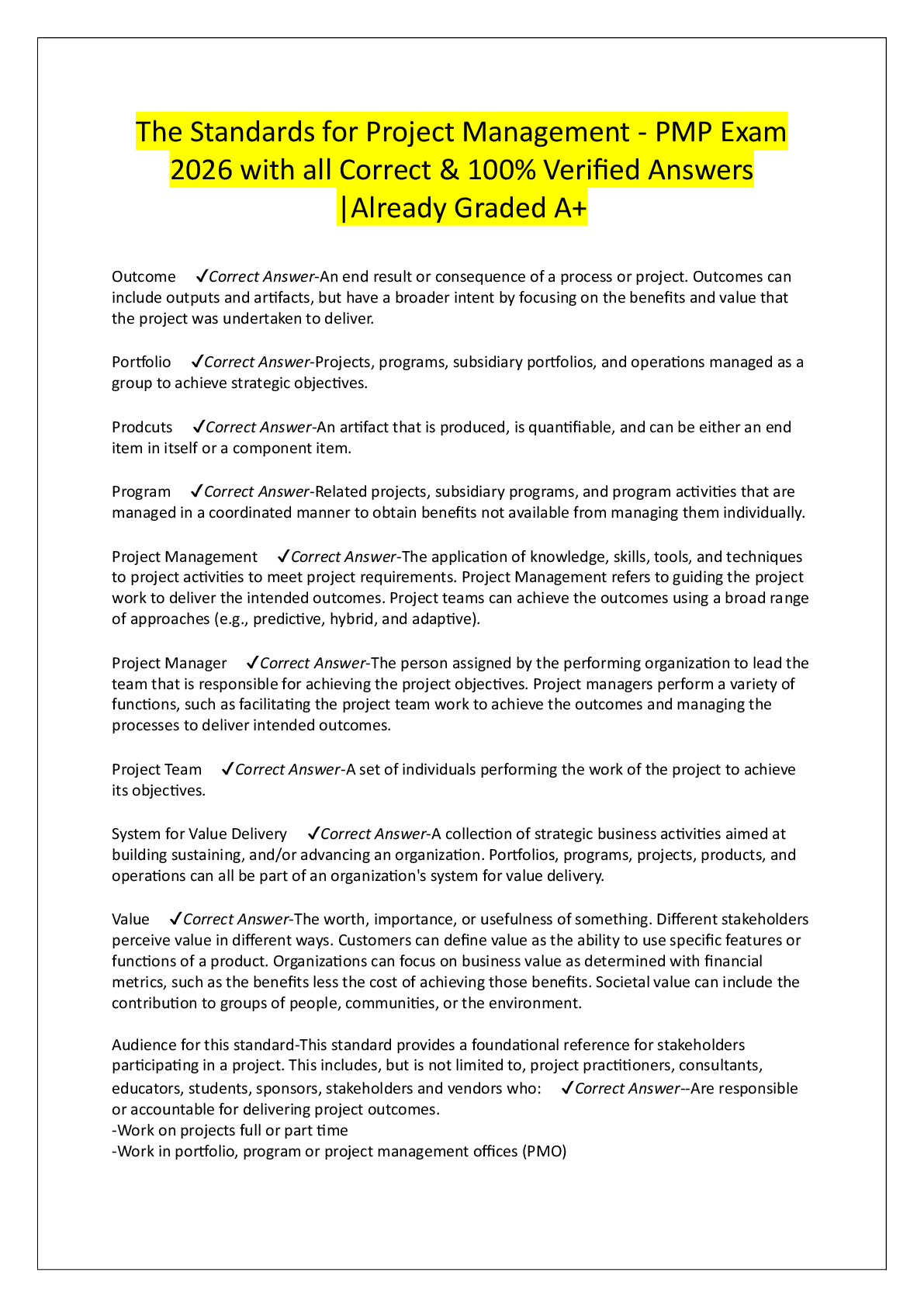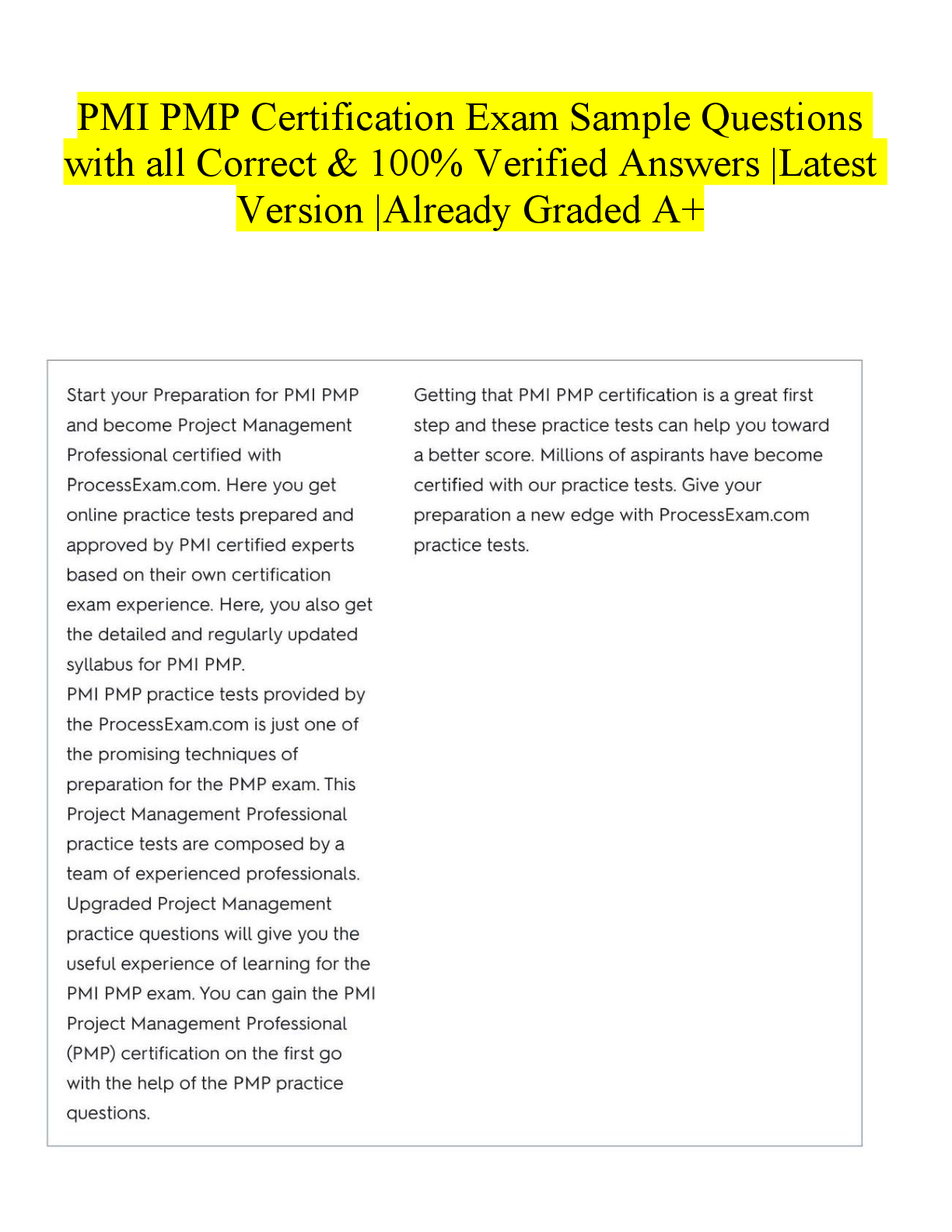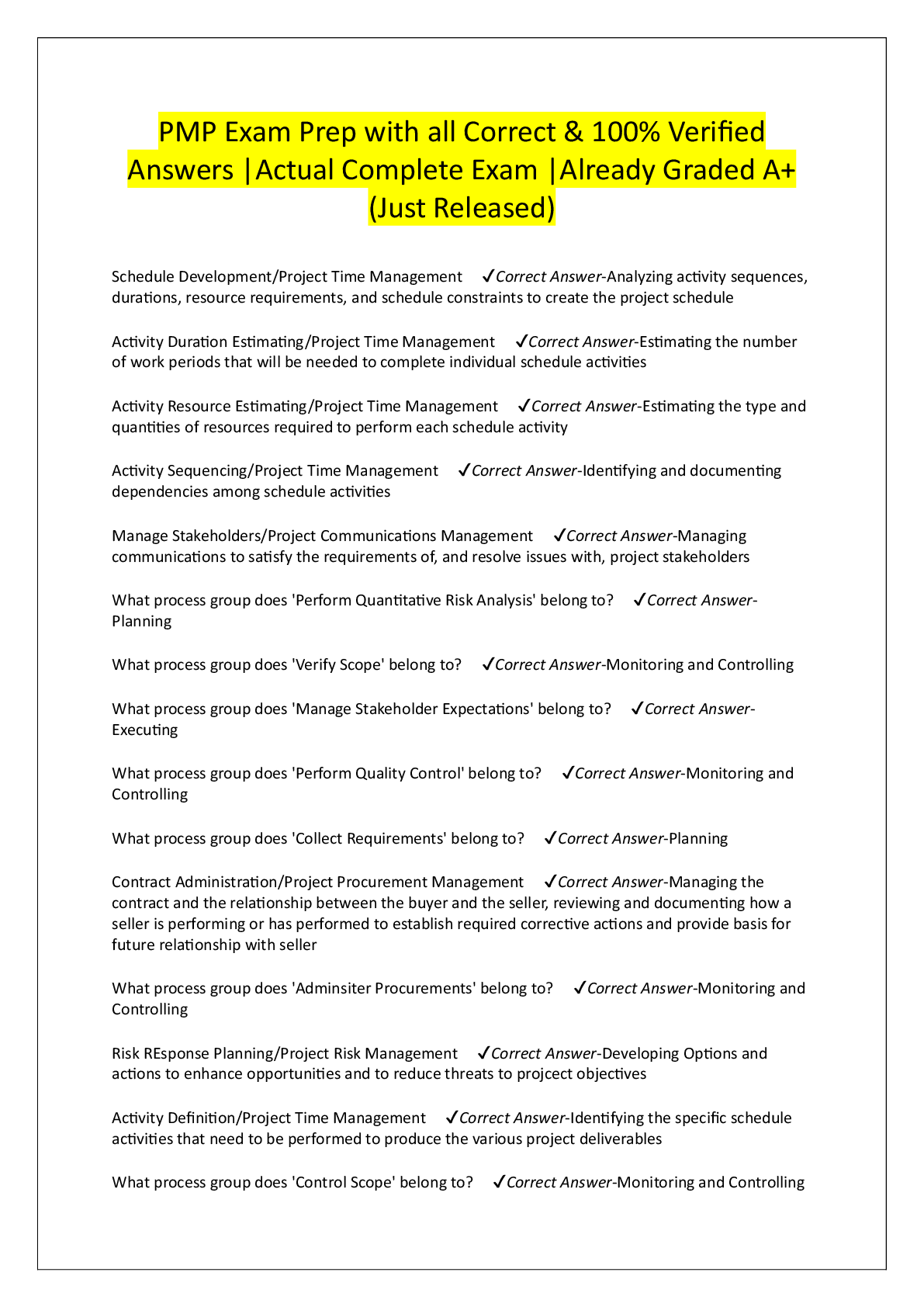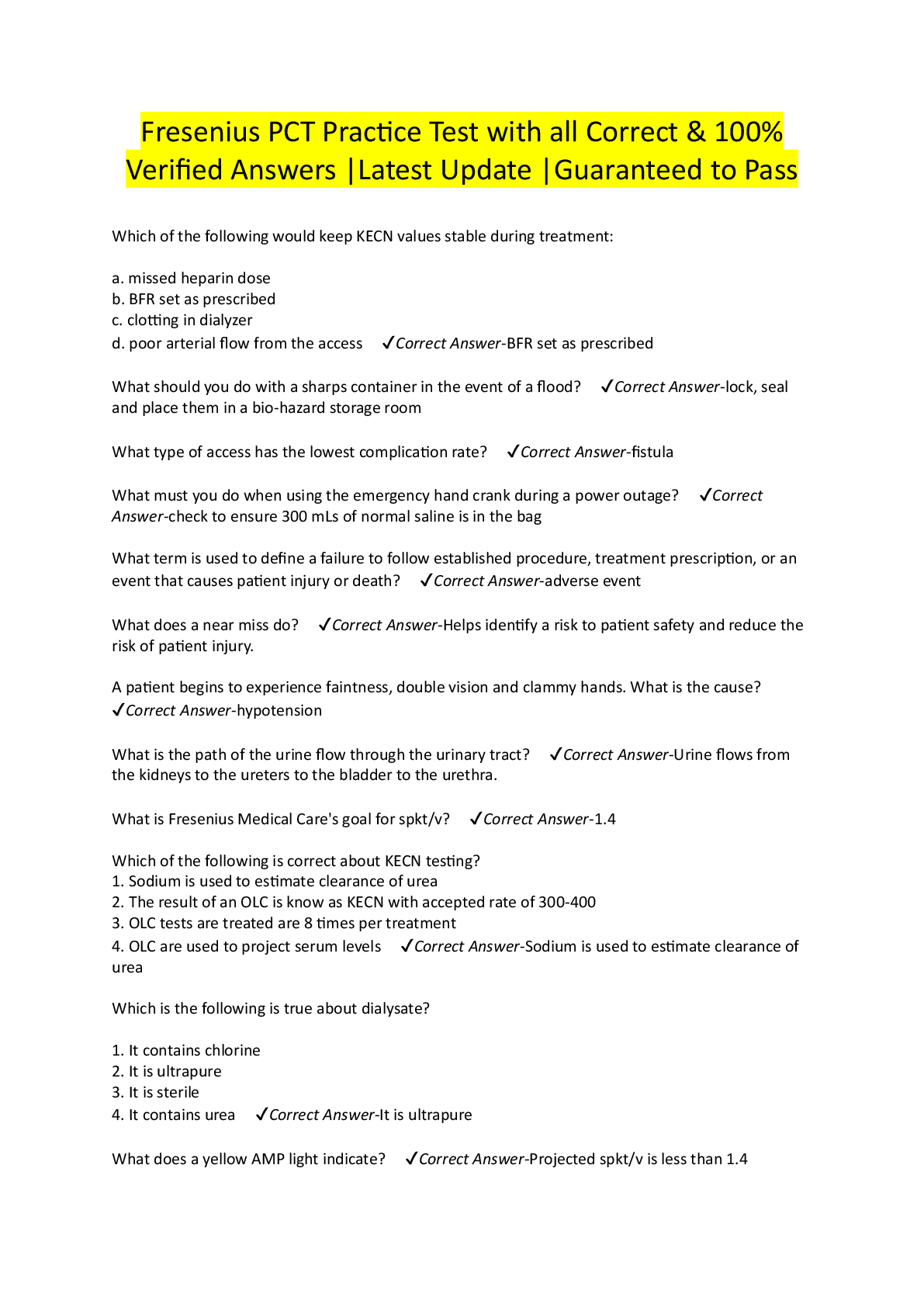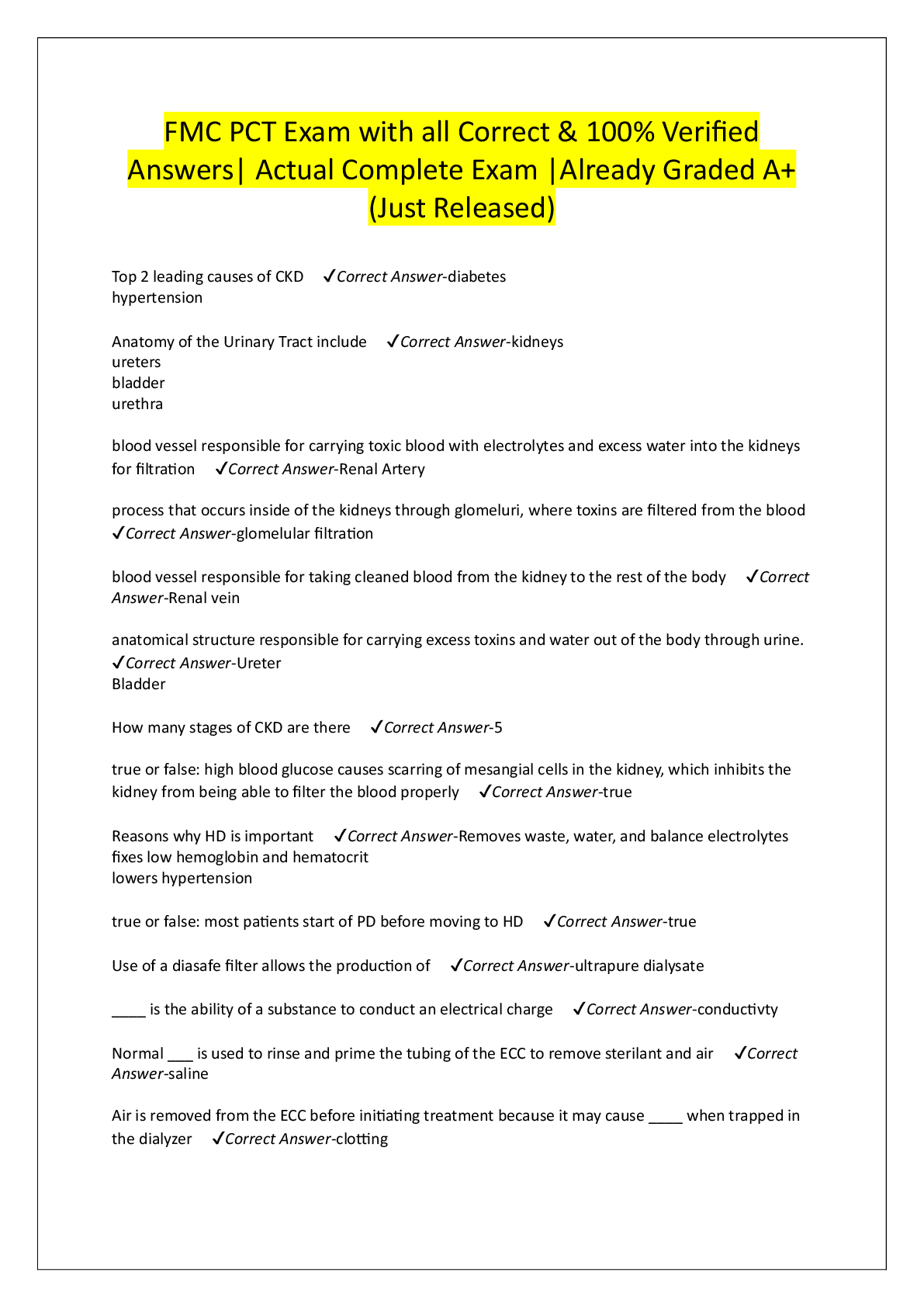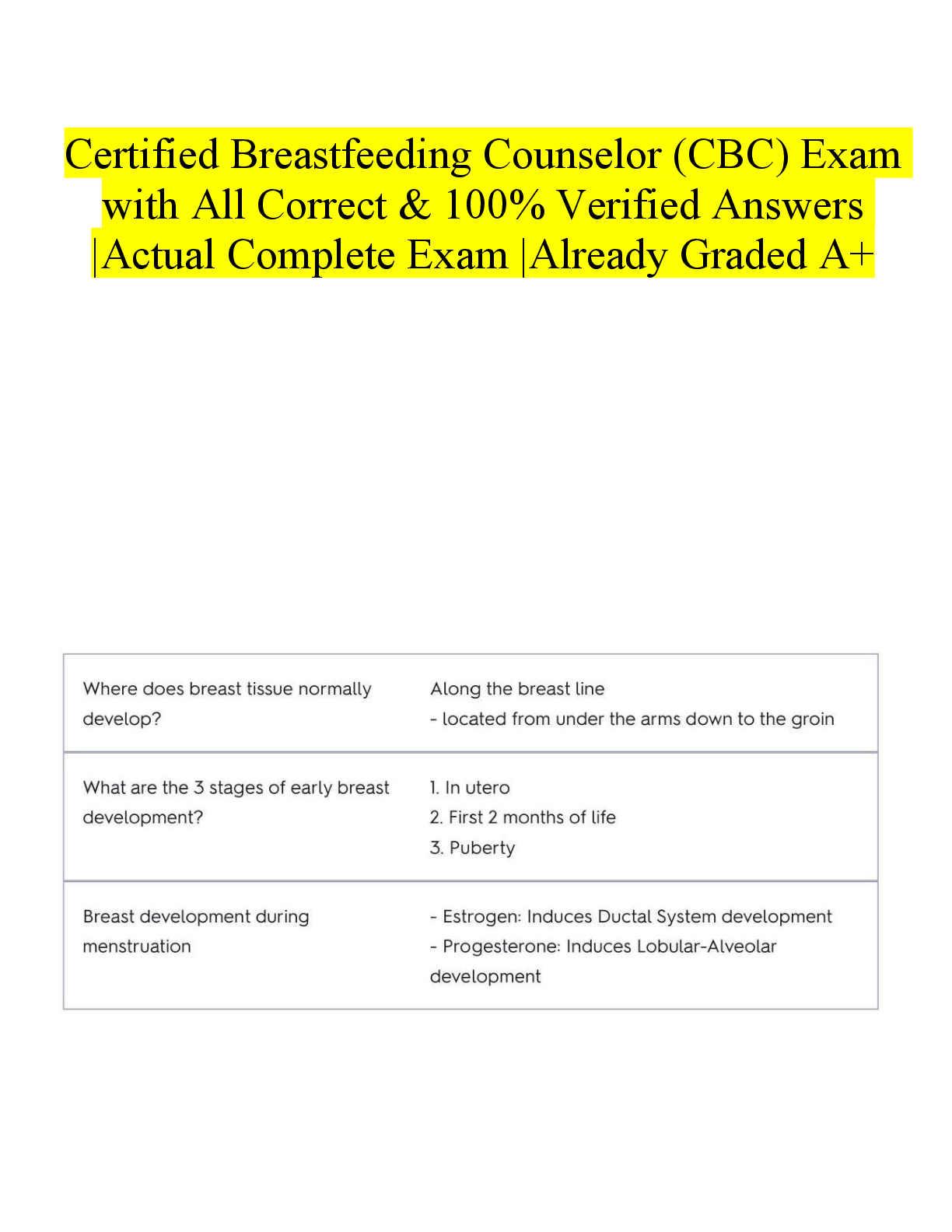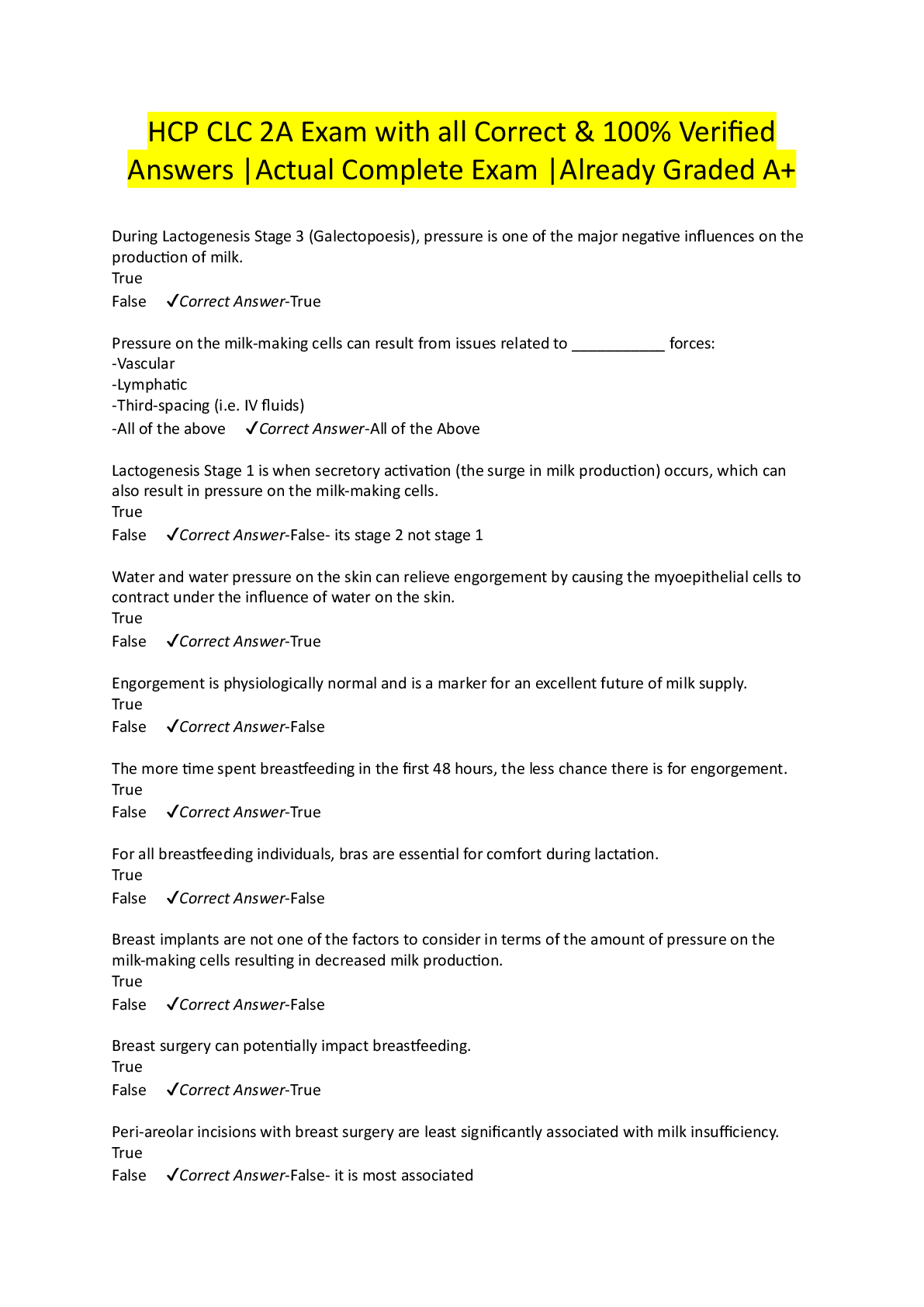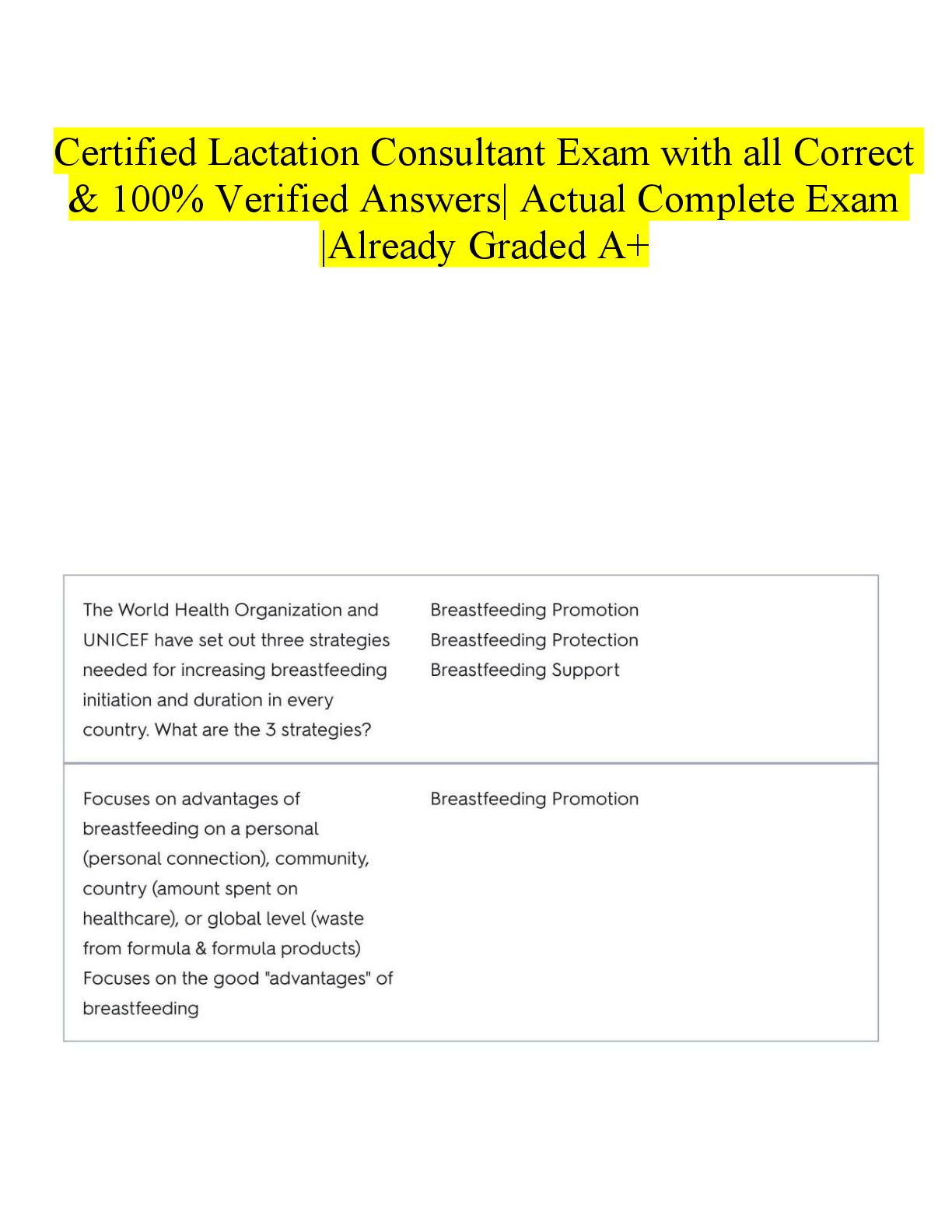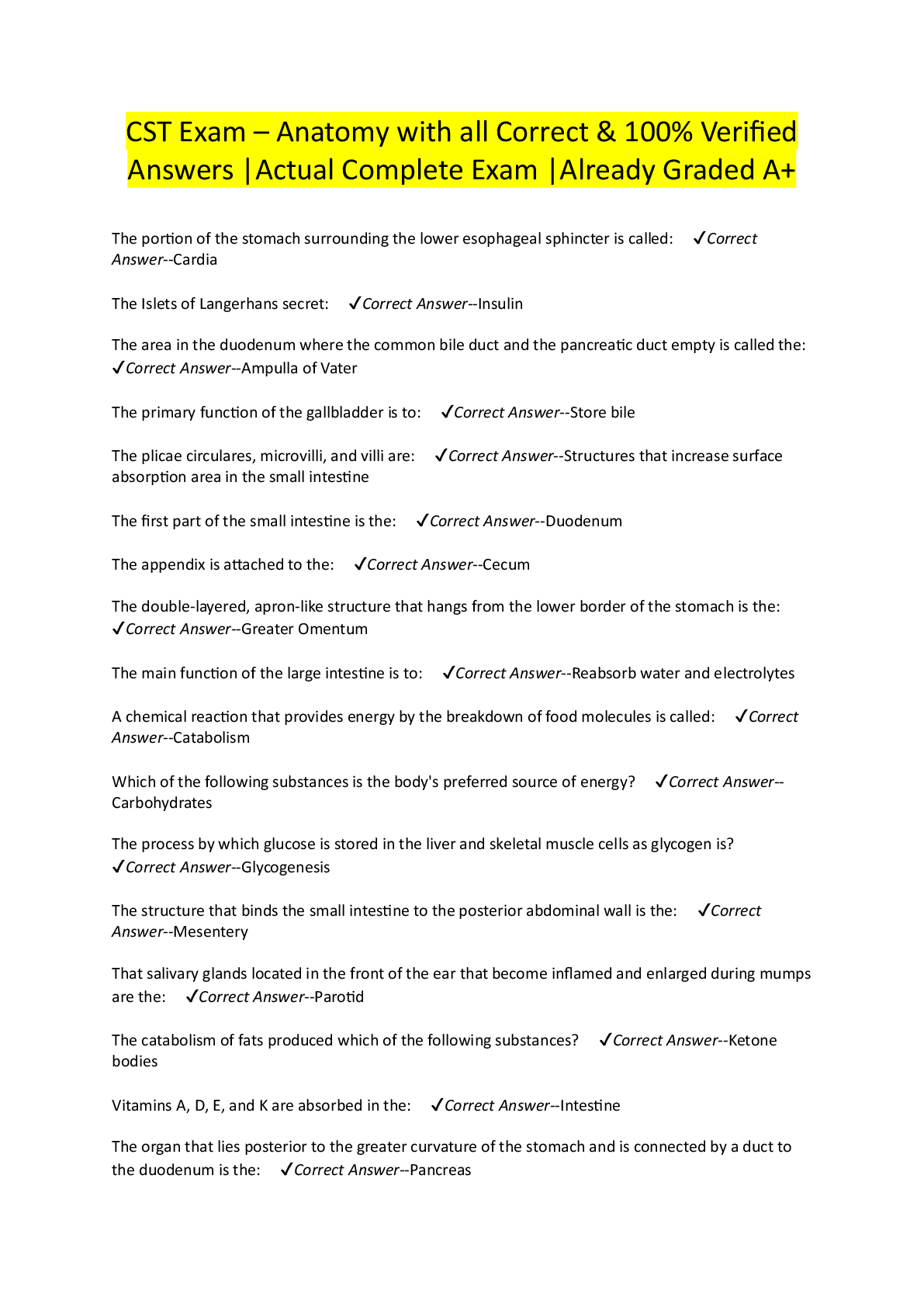Health Care > EXAM > University of Texas, Arlington_PATHO_Module_Nine_Assignment_A___R (All)
University of Texas, Arlington_PATHO_Module_Nine_Assignment_A___R
Document Content and Description Below
1. A patient with a history of chronic kidney disease sustains a stress fracture of the vertebra. Her increased risk of this kind of event is most likely due to a. dehydration from postrenal AKI. b ... . osteoporosis from decreased activation of vitamin D. c. osteoporosis from decreased phosphate. d. anemia due to lack of erythropoietin. Rationale: A vitamin D precursor is activated by the kidneys—without that activation, vitamin D cannot effectively enhance calcium absorption in the GI tract hypocalcemia = not enough calcium for bone maintenance osteoporosis (poor bone density). Dehydration is a prerenal example, not postrenal (A) and besides, it has nothing to do directly with increased risk of stress fracture. Erythropoietin (D) is diminished in chronic kidney and will cause anemia but is not directly related to osteoporosis. 2. Over a 30 hour period a patient develops oliguria. Blood work is done & he is found to have a BUN of 26 and serum creatinine of 1.1. What type of problem is most likely? a. prerenal acute kidney injury b. acute tubular necrosis c. postrenal chronic kidney injury d. glomerulonephritis Rationale: Prerenal acute kidney injury (AKI) is when AKI is caused by a problem that usually has to do with low blood volume; the main characteristics are 1) S&S of dehydration PLUS 2) oliguria. Also a BUN that may be a bit high, and a creatinine that is often in the normal range (this is an event caused by an increased concentration of the blood, not so much a renal problem itself at this point… that’s why it’s called “PRE-renal”). ATN (B), on the other hand, is present in AKI that is caused by intrarenal damage such as the effect of renal infection, drugs, etc. With intrarenal problems, the BUN & creatinine are usually BOTH high. Postrenal problems (C) in our notes describe usually an AKI that is caused by an obstructive problem in the urinary apparatus leading from the kidneys to the urethral meatus. It doesn’t fit this scenario. Glomerulonephritis (D) would qualify as an intrarenal ARF cause. 3. Findings consistent with the above problem would be all of the following EXCEPT a. poor skin turgor. b. a urinalysis (UA) that shows an increased urine specific gravity. c. a urinalysis (UA) that shows decreased urine specific gravity. d. hypovolemia. Rationale: A, B, & D are all consistent with dehydration, which is a prerenal cause of AKI. C is the outlier, as a decreased urine specific gravity usually means a more dilute urine. (The higher the specific gravity, the more concentrated the urine is. A concentrated urine means less water in the urine, which is consistent with dehydration.) 4. Drugs that ___________should not be used in chronic renal failure (CKD). a. enhance potassium secretion in the distal convoluted tubule (DCT) b. enhance potassium reabsorption in the DCT c. decrease pruritis. d. enhance diuresis. Rationale: In CKD, often the DCT has become unresponsive to stimuli that govern the normal exchange of Na & K. For instance, it doesn’t respond to aldosterone, which usually causes it to hang on to Na & excrete K in exchange. So the patient in CKD is often hyperkalemic, and one wouldn’t want to do anything to increase absorption of K on top of that hyperkalemia. Instead, giving drugs that do the opposite would be a good thing (A), as well as drugs that Patho Module Nine Assignment A & R, Su 19 Patho Module Nine Assignment Answers and Rationales GU / Renal Systems Disorders Academic honesty reminder: It is ok to discuss the assignments with other students as a learning tool, but it is considered a breach of academic honesty to copy answers directly from each other. Also, when taking a test, do not have this or any other document visible before you. norm BUN = 7 to 25 mg/dl; norm serum creatinine = 0.6-1.2 mg/dl (we will use these male levels-- women’s normal levels are usually lower; you don’t have to memorize these number ranges anyway—they will be provided on the test). This study source was downloaded by 100000829219024 from CourseHero.com on 11-14-2021 09:46:07 GMT -06:00 https://www.coursehero.com/file/57853709/Patho-Module-Nine-Assignment-A-Rdocx/ This study resource was shared via CourseHero.com decrease the itching from urea on the skin (C) and decrease the higher blood volumes that are the result of waterabsorption malfunction in CKD (D—enhancing diuresis = decreasing blood volume). 5. The reason for the answer above is a. pruritis is caused by increased urea levels in the blood. b. in CKD aldosterone pathologically increases K+ excretion into the DCT. c. diuresis would increase the risk of hypokalemia. d. in CKD, K+ excretion into the DCT is decreased because of pathologic unresponsiveness to aldosterone. Rationale: See rationales for previous question. Basically these questions are asking you to think of appropriate interventions based on what you know about the usual patho of CKD. You know that CKD patients get pruritis because of urea deposits on the skin, so anything that decreases high urea would decrease pruritis. You know that CKD causes alterations that end up causing too much K+ to be held in the bloodstream rather than appropriately being excreted in the urine, so anything that facilitates excretion of K+ is a good thing in CKD…so any drug that causes diuresis (C) would likely normalize levels of K+ in the blood. Mini concept map: pathologic hyperkalemia caused by CKDDO give drugs that cause the patient to “pee out” the K+ NOT drugs that cause the patient to hang onto K+ and cause worse hyperkalemia. 6. The parents of a 12-year-old boy who is having surgery to remove a testis that didn’t descend before birth asks the nurse why the surgery is necessary since his other testis is fine and in the scrotal sac. The nurse’s explanation is based on the understanding that a. the retained testis can lead to a urinary obstruction later in life. b. the retained testis can lead to a cancerous condition called cryptorchidism. c. cryptorchidism is a risk factor for testicular cancer. d. having both testes in the scrotal sac is of acute life-threatening importance. Rationale: A testis that has not descended (cryptorchidism) cannot be checked regularly for testicular cancer & thus just by being inaccessible, the chances of detecting a cancer early are greatly diminished (this is like with the ovary situation—because the ovaries are deep in the abdomen, it is difficult to detect cancer in them.) B is wrong, since it is basically expressed backwards and thus nonsensical. A is wrong since it would be highly unlikely for a testis to be in the ureter or urethral area, where obstructions occur most often. There are several reasons for surgery, including decreasing the risk of infertility and cancer, and even the psychological reason of eventually wanting cosmetic “normality,” but cryptorchidism is not an acutely life-threatening problem (D). 7. A 70 year old man with emphysema develops postrenal AKI. What is the most likely cause? a. dehydration from chronic hyperventilation. b. a positive PSA. c. benign prostatic hyperplasia. d. a UTI. Rationale: BPH is common in men over 50 and in a man with postrenal AKI, it is the most probable cause of the AKI —if urine cannot get past the blockage of the urethra caused by the enlarged prostate, it can back up and cause hydronephrosis & eventual malfunction of nephrons. Dehydration (A) would be correct if the question asked about prerenal AKI. Answer D, a UTI (urinary tract infection), would not of itself cause blockage. A positive PSA (B) doesn’t say much --all men normally have some PSA in their blood. An ELEVATED PSA is always abnormal & can sometimes mean they have prostate cancer. Also, answer B is not a “cause” of anything. PEARL—be sure to read questions & answers CAREFULLY. 8. The patient above develops CKD. His ABGs are: pH 7.32, pCO2 40, HCO3 19, PO2 80. This acid/base imbalance is likely caused by impairment in the kidneys’ ability to a. buffer respiratory alkalosis. b. secrete HCO3 c. reabsorb HCO3 d. reabsorb urea [Show More]
Last updated: 3 years ago
Preview 1 out of 6 pages
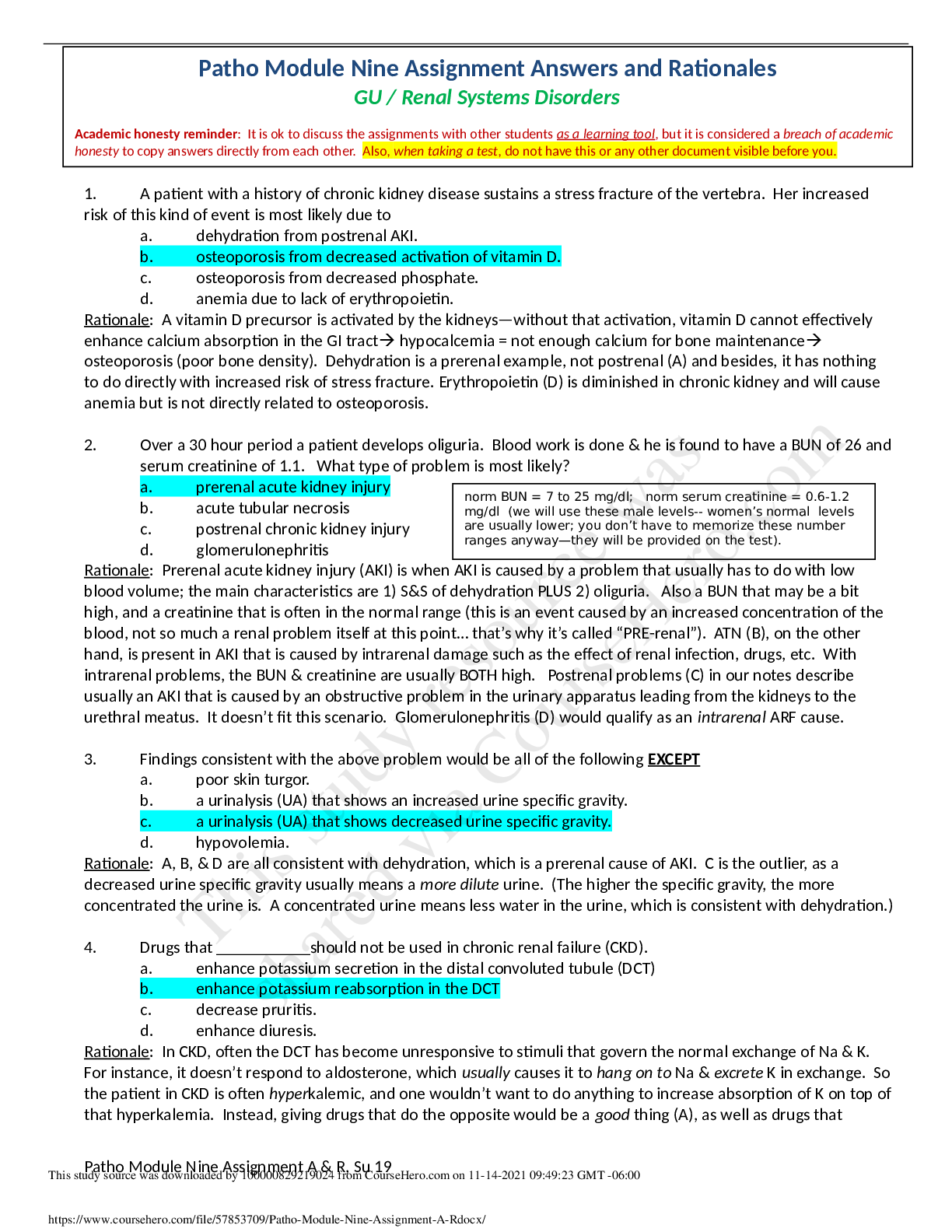
Buy this document to get the full access instantly
Instant Download Access after purchase
Buy NowInstant download
We Accept:

Reviews( 0 )
$20.50
Can't find what you want? Try our AI powered Search
Document information
Connected school, study & course
About the document
Uploaded On
Nov 14, 2021
Number of pages
6
Written in
All
Additional information
This document has been written for:
Uploaded
Nov 14, 2021
Downloads
0
Views
157

